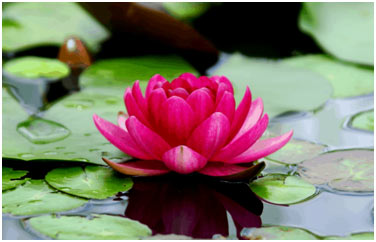Lotus – The Stunning Aquatic Plant
Scientific Name: Nelumbo nucifera
Scientific Classification
| Domain | Eukaryota |
| Kingdom | Plantae |
| Phylum | Spermatophyta |
| Subphylum | Angiospermae |
| Class | Dicotyledonae |
| Order | Nelumbonales |
| Family | Nelumbonaceae |
| Genus | Nelumbo |
| Species | Nelumbo Nucifera |
Fun Facts
- Lotus is the water plant whose leaves float on the water’s surface or are held well above it.
- The roots or rhizomes of the lotus are consumed as vegetable.
- About 70% of lotus for human consumption is produced in China.
- Petals of lotus are used for food garnish or wrap for a food.
- Lotus contains thermal stable proteins which are widely used in bioengineering.
- Lotus is the national flower of Vietnam and India.
- Lotus has great importance in Buddhism, Hinduism and Egyptian mythology.
- The Curious Lotus can hold from 300 to 6,000 petals.
- Green Maiden Lotus is an extremely stylish type of lotus.
Lotus plants are well adapted to grow in the flood plains of slow-moving rivers and delta areas. Stands of lotus set down hundreds of thousands of seeds every year at the bottom of the pond.
Habitat
It has a really great diversity of distribution, ranging from central and northern India, through northern Indochina and East Asia. The species also found in southern India, Sri Lanka, virtually all of Southeast Asia, New Guinea, and northern and eastern Australia.
General Description
The roots of lotus are planted in the soil of the pond or river bottom, while the leaves float on the water’s surface or are held well above it. The flowers are usually present on thick stems rising numerous centimeters above the leaves. An individual lotus can live for over a thousand years.
Planting of Lotus
About 70% of lotus for human consumption is produced in China. A majority of lotus production occurs in managed farming systems in ponds or flooded fields like rice.
Uses of Lotus
As food: The rhizomes of the lotus are taken in as veggie in Asian countries, thoroughly in China, Japan, and India: sold whole or in cut pieces, fresh, frozen, or canned. They are fried or cooked mainly in soups, soaked in syrup or marinaded in vinegar, or consumed in tea.
Water treatment: Nelumbo nucifera reveals the high potential for usage in wastewater treatment removing polluting compounds and heavy metals.
Genetic engineering: Lotus contains some thermal-stable proteins that might be useful in protein bioengineering procedures.
In Asia, the petals are often utilized for garnish, while the large leaves are used as a wrap for food.
10 Beautiful Types of Nelumbo nucifera
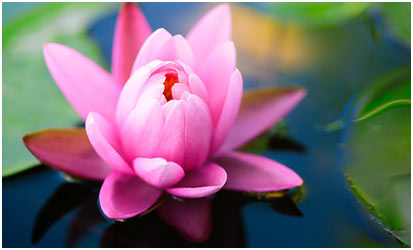
1.American Lotus
This type of Lotus is really common, and it can be found in various kinds of weather. Its leaves are circular and can be blue-green. Although its flowers are extremely delicate, its stems are generally really stiff and have a lot of strength. The flowers are either white or yellow and have -at least– 20 petals each. They are often described as Water Chinquapin.

2.Angel Wings Lotus
This lotus has unusually big leaves that can get up to two feet in diameter and they are big, round, and waxy green in color. The petals are pointed towards the center and curl somewhat on completions. They are white and extremely aromatic and they can be approximately 10 inches in diameter.

They bloom best from July to September and can get as high as 6 feet. The flowers also do very well in shallow water and shallow gardens since they do not need a lot of water to grow.
3.Green Maiden Lotus
It is an extremely stylish type of lotus, and it has a really distinct color and shape. It can transform the color of its petals, and it generally goes from pink to yellow to a dark cream color. They can mature to 4 feet in height, and they have a little oval-shaped petal.
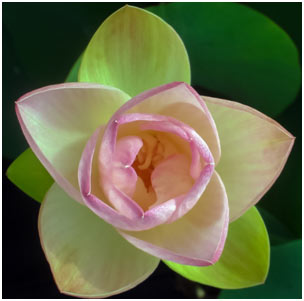
4.Asiatic Lotus
Growing up to 4 feet in height, this lotus is pure white and gorgeous. It is a large flower with a wonderful fragrance and big, pea-green foliage. Most importantly, this kind of lotus is produced almost all year round in big masses.

5.Blue Star Lotus
Native to the southern and eastern parts of Asia, this lotus has violet-blue petals and reddish edges. Other colors can consist of purple, white, fuchsia, or mauve, which has actually caused its nickname of the Red and Blue Water Lily. It includes approximately 15 angular petals and leaves that are round and green with a darker green underside.
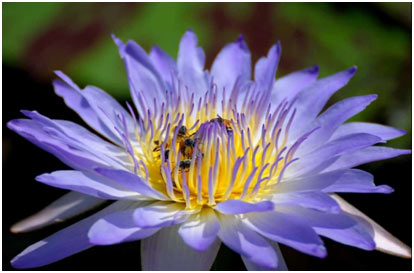
6.Cherry Lotus
With petals that are purplish-red and fade to pink, this flower gets approximately 18 petals per blossom and is roughly 8 inches in size. Its flowers bloom from late July to late August and have wide petals and coarse leaves. It is a very beautiful kind of lotus.
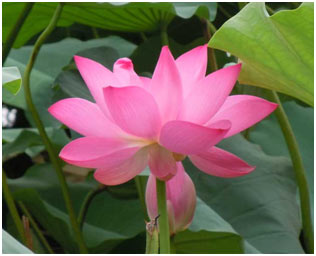
7.Sunflower Lotus
It loves being exposed to the sun, but it also needs a very long time to flower appropriately. It has dark pink petals and they have a white center. The leaves can reach a minimum of 12 inches in size. It likes warm weather conditions;however, it can tolerate cooler climates.

8.Lotus of Golden Wheel
It has 20 petals per blossom, and its petals are white with a red border. They likewise have a bright yellow center and its leaves are extremely delicate. It can propagate easily.

9.Lotus of the Clear Moon
This flower is very common in Asia. it has around 26 petals per bloom and its petals are white. Its leaves are extremely high, and they can reach up to 16 inches in height. Right in the middle of the flower, a pistachio-type of fruit can be found.

10.Curious Lotus
A productive flower, it can hold from 300 to 6,000 petals and has striations that are barely visible. The Curious Lotus is a two-headed flower with the bottom one including reddish-pink petals and a leading bloom that is dark red and has petals that are much shorter than they are at the bottom. Blooming from early to late August, this flower has leaves that are soft to the touch and is reproduced through lotus roots, not seeds.


